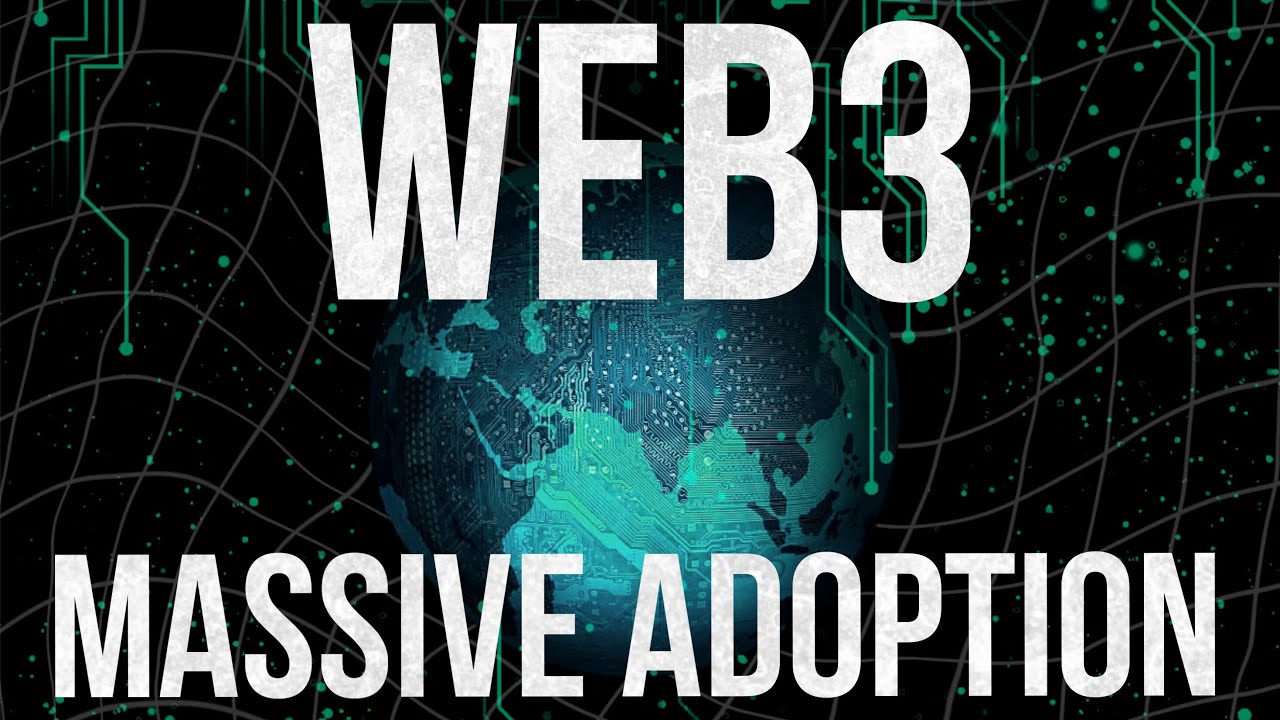Watch the full video of this panel discussion on Gamma Prime’s YouTube channel
Panel discussion with Kartik Jain (Strategy Lead at Aethir), Katya Ternopolska (Head of Growth at Wormhole Foundation), Alexander Loktev (Chief Revenue Officer, P2P.org), Drake Breeding (Protocol Strategy Manager at Figment) Sriram Venkateswaran (Founder, CEO at rootVX), and Francesco aka KJ Jia (Founder & CEO at OnePiece Labs)
The discussion centers on the role of validators in blockchain networks, emphasizing their importance in decentralization and security. This video explores how validators act as infrastructure providers, participate in consensus protocols, and contribute to the network’s censorship resistance. The conversation also touches on the potential for institutional adoption of blockchain technology, the current state of regulatory developments, and the necessity for use case-specific infrastructure for real-world asset tokenization. The speakers express optimism about the progress in blockchain infrastructure and call for more applications and use cases for on-chain assets.
Kartik (Aethir)
These staking or validator networks could play a part in it. Their importance in all this, in terms of number one, decentralization and second, security.
Alexander (P2P.org)
Validators are, say, infrastructure providers. Their job is to participate in the consensus of protocols out there. The goal is to basically make sure that chain is secure, make sure that it keeps doing what that chain is supposed to do.
This is how validators contribute to decentralization, because the more validators you have, obviously the more your chain is secure, the more censorship resistant it is. And yeah, that’s from the validator side. Then of course, there is also a job in terms of validators acting as a distribution channel.
We basically go after the clients. We serve a role of education, providing the information on each single product that they’re trying to invest in. And that is important because somehow it helps to make that protocol more secure.
Drake (Figment)
Yeah, I agree with that. Ideally, as a validator, you absolutely have that go-to-market arm. That’s something that is honestly not talked about enough. It’s a strategy that people like P2P can use to get serious customers on board and interested.
Ideally, as a validator, you want to be as neutral as possible. You don’t want to be party to some other influence. You’re trying to shoehorn in transactions that are not really valid, double sign blocks, that kind of thing. So you just need a trusted validator getting the deck, especially if you’re delegating stake to them.
With RWAs, how does that fit into the existing staking model? Still kind of TBD. I know that Ondo is looking at ways that you can potentially stake RWAs. We’ll see what that looks like in practice. Maybe you can use the existing economic security of some basket of T-bills or something that’s verified on-chain to secure something else.
We’re getting into restaking now, very off-topic. But I think there could be something there. When you have that level of economic capital, there’s a lot of things you could do with it, especially in blockchain where economic security is the name of the game.
Alexander
Just to give a very concrete example, we are one of the guardians of Wormhole. We verify that the transactions happening there are correct.
Francesco (OnePiece Labs)
Specifically on EVM, look at client diversity. I think one of the best use cases right now where enterprise should dive in is running a validator node. We’re seeing that with decentralized node infrastructure — basically the next decentralization roadmap for Infura.
We also have companies and enterprises running nodes. I think this is one of the low-hanging fruits when we speak about client diversity. We need more client diversity. If you are running nodes, if you’re representing a company, make sure you advocate for that. I think this is a superior use case that we need right now.
I don’t think RWA is something that should be pushed at this point in CHI with this user adoption and usability around blockchain today.
Kartik
Yeah, actually on that point, going back to the initial question about blockers around institutional-grade adoption. Thinking from a different perspective — we have regulations, we have all those things, that’s fine. We test upon interop and all that.
What I want to understand is: where do you guys think we are in terms of infrastructure right now in RWA? What do we need to develop in terms of infrastructure for RWA adoption if you just forget about the regulations?
Francesco
It takes five years to build an open API around banking. I think it’s self-explanatory.
Sriram (rootVX)
We are surprisingly at a good place from the tech point of view. I come from a very strong networking background. I see it in terms of the OSI stack — physical, data link, transport, TCP/IP layers.
What we’ve built is a very good plumbing layer, like the early stages of ARPANET and the internet. For example, stable coins — you can move value everywhere, but you need to make sure the protocol address you’re sending to is correct. There’s a lot of details involved. I look at it like the physical layer of telecommunication. That is the most important part, and it is getting ready.
Now you build abstractions on top of it — people can send from one wallet to another without worrying about the protocol. The next level is building user-based abstraction — sending to Alessandro or Pat, without caring that they have a wallet.
To enable RWA, a surprising amount of infrastructure and tech is already ready in terms of ERC20. It’s a little old, but still good for creating tokens. There are digital escrow technologies, smart contract-based escrow technologies. We’re starting with zero-knowledge proofs where you can issue proofs that a wallet has a balance or a transaction was done without waiting for cross-country transfers.
There’s a surprising amount of infrastructure, but what we need to build are use-case-specific abstractions, specifically for real estate or securities, bonds, etc. I’m pretty happy with where we are. You can build something that works today.
Katya (Wormhole Foundation)
I’m fully with you. Regulation aside, regulatory arbitrage aside, we’re there. You have decentralized validation. You can build your own validator. You can transfer through a canonical bridge, through us, through an intense protocol. You can get there faster.
A huge amount of stride has been made in tooling to support RWAs. The biggest hindrance is people not knowing the best way to comply. Bridging is there. You can come to Securitize anytime, Carlos is very responsive, put whatever you want on-chain. The biggest barrier is what you do with it once it’s on-chain.
We’re still figuring that out. Apps are still being built. Love to see more apps and more use cases for these assets on-chain. That continues to be something we struggle with. Blue chips exist, but DeFi’s stalled a little in the last year or two. With that said, there’s progress on that front as well.
Kartik
At Aethir, we are tokenizing our GPU machines. We work with players like Injective, LoneGuy. What we realized is the end user mostly cares about the yield. They want asset security, but yield is the most attractive part.
There are institutional players and retail audiences. You want to engage both. How could these assets provide more yield, merging Web3 DeFi with real-world assets? How can we increase yield on top of what it could provide?
Katya
I always issue a token. Joking.
Alexander
If we talk about pure RWA tokenizations, I use private funds as an example — practical and easier to understand. The yield comes from a very specific asset, like U.S. Treasury bonds. How can you increase that? Use that as collateral to open debt positions and reinvest.
The problem is: can institutions use those strategies? The answer is no. Many institutions have fund mandates. They have a responsibility to act in the best interest of their own LPs. This blocks them from investing even in LSD or liquid staking tokens. You can create 20% APR on top of another 20% APR, but that doesn’t mean institutions can adopt it.
Drake
A lot of institutions are wary of where the extra yield source comes from. One crypto-native way to get additional rewards is MEV. If you build an application or chain with high demand for block space generated by RWAs, that’s additional rewards — tips to lend transactions — which could go back to token holders, stakers, or the app.
That’s something unique to crypto that doesn’t exist elsewhere. Today, MEV mostly goes back to market makers and high-frequency traders in the real world.
Sriram
The first thing is to reflect the real world in crypto. If you get X% yield in rentals or dividends in stocks, when you tokenize them, you remove middlemen and get those yields faster. Once you create these tokens, you can compose them and make derivatives. A lot of traditional financial market stuff can now exist on the RWA token market. That’s where a lot of money can be made.
Kartik
Totally agreed. Out of time, but a quick wrap-up: yes or no, do you think regulation will catch up with tokenization in the next few months or one to two years?
Katya
One to two months is ambitious. I think soon — in the next year we’ll have more clarity. Even now, there’s great work by the DeFi Education Fund and other policy groups in the US. Legislators seem open to guidance.
Drake
Definitely more than two months. Beyond that, hard to say, but regulators in the US and industry groups have done a lot. It’s night and day versus three or four months ago. It’s coming; just a matter of time.
Sriram
Globally, regulatory compliance is on a spectrum. Some countries like Vietnam and the Philippines push boundaries in crypto regulations. Others are completely against it. Globally, I think improvement will come once people see benefits. Three to five years seems reasonable for good regulation.
Alexander
Agree that it’s coming. I disagree we shouldn’t look at the US. Most stablecoins are pegged to USD. Tokenized treasuries depend on US treasuries. The US government is becoming more favorable to crypto, but this is also a potential challenge — too much dependency on the US.
Francesco
Depends on the jurisdiction, but it will catch up.
Kartik
Definitely not in two months. I said a few months, but we have to be optimistic. Cool, I think we are good for the day. Appreciate you guys coming. Thanks for your time.



